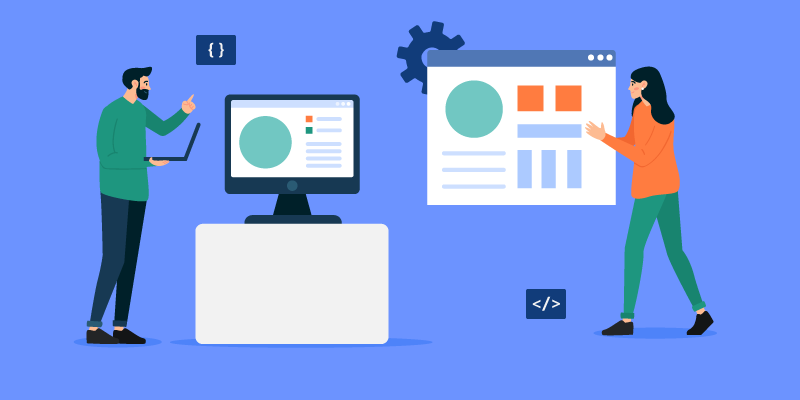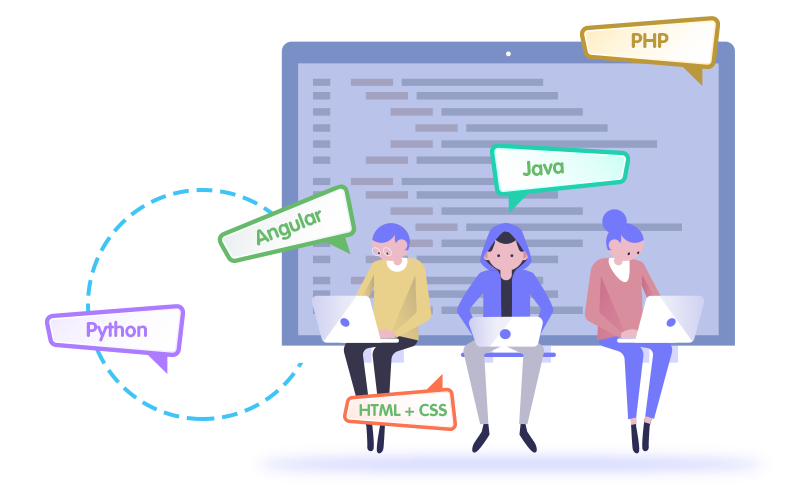Design patterns in Java provide developers with solutions to common programming problems and a common vocabulary to use when discussing object-oriented design. Whether it’s for a web application, desktop, or mobile application, a good design pattern can make the development process more efficient and reduce the amount of time needed to develop a product. That being said, it is important to understand the best practices for design patterns in Java in order to ensure that the solutions provided are of the highest quality and can be maintained over time. In this blog post, we will explore the best practices for design patterns in Java, as well as the reasons why they are important. The IT Training Institute in Nashik will discuss some of the most common design patterns used in Java, and how they can be used to solve various programming problems. By the end of this post, you should have a better understanding of the best practices for design patterns in Java and how to effectively use them in your projects.
Understand the main principles of object-oriented programming
Object-oriented programming is an essential component of designing patterns in Java. It is a powerful method of creating objects, organizing them into classes, and making them interact with each other. One of the main principles of object-oriented programming is encapsulation, which allows individual objects to store data and determine how they can be accessed by other objects. This principle helps developers to create loosely coupled systems, which are more flexible and maintainable. Additionally, classes can be used to create objects that share common features and behaviors. By understanding the main principles of object-oriented programming, developers can create better patterns that are more organized and efficient.

Familiarize yourself with the main types of design patterns
As a Java developer, it is important to understand the different types of design patterns that exist and how they can be used to create efficient code. There are three main types of design patterns that Java developers should familiarize themselves with: structural, behavioral, and creational. Structural design patterns are used to define the relationships between components in a system, while behavioral design patterns are used to define the interaction between objects. Finally, creational design patterns are used to define the way objects are created and initialized. By understanding the core principles of each of these three design patterns, Java developers can more effectively create high-quality code.
Make sure to consider the scope of the project you are developing
When designing a project in Java, it is important to be aware of the scope of the project. Before investing too much effort into the development, consider the amount of time and resources you will need to complete the project. If the project is too large for the available resources, it may be better to break it down into smaller, more manageable tasks. Additionally, it is important to consider the future of the project and whether it is worth investing extra effort into making the project more extensible. This will help ensure that the project is not only relevant for the present, but also for the future.
Evaluate the pros and cons of each design pattern
Evaluating the pros and cons of each design pattern is an important step in choosing the best pattern for a particular project. It is important to consider the benefits of each pattern, such as its readability, scalability, and maintainability. It is also wise to consider the potential drawbacks of each pattern, such as difficult implementation, debugging difficulties, and compatibility issues with other patterns. This evaluation process should be done in conjunction with other best practices for design patterns in Java, such as understanding Java language constructs and conventions, refactoring code to ensure readability, and writing unit tests to ensure robustness.
Consider the time and resources available for implementing the design pattern
It is crucial to consider how much time and resources are available before attempting to implement a design pattern. It is important to identify the circumstances in which a design pattern can be useful and to choose the most efficient one given the circumstances. It is also important to consider the effort and resources it will take to implement the chosen design pattern, including development and testing time. Lastly, consider any potential maintenance costs that may be incurred over time due to the chosen design pattern.
Use existing frameworks and libraries wherever possible
When developing with Java, it is important to leverage existing frameworks and libraries whenever possible. Frameworks and libraries offer developers a head start on their projects, allowing them to quickly implement common features into their application. They also provide additional benefits such as improved coding structure and reliability. By utilizing existing frameworks and libraries, developers can save time and energy, allowing them to focus their efforts on their unique application features. As a best practice, developers should familiarize themselves with the available frameworks and libraries to ensure they are leveraging the most effective and efficient ones.
Use design patterns consistently throughout the development cycle
It is important to use design patterns consistently throughout the development cycle. This ensures that the code is organized, efficient, and easy to understand. When using design patterns, developers should ensure that all components of the development process are in agreement with the pattern, including the design, coding, and testing of the product. Furthermore, design patterns should be tested in a variety of environments and scenarios to ensure they are effective and efficient in all conditions. By following these best practices, developers can ensure that design patterns are used effectively and efficiently.
Test and evaluate the design patterns for performance and scalability
After the design patterns have been established, the next step is to test and evaluate them for performance and scalability. This could include conducting load tests to ensure that the system can handle the expected traffic, as well as running benchmarks to compare the performance of the design patterns. Additionally, it is important to assess the scalability of the architecture; for example, can the system be easily scaled up or down for peak or lean times? Finally, it is important to evaluate the design patterns for resiliency; for example, can the system recover from outages and unexpected errors? By taking the time to test and evaluate the design patterns, you can ensure that they are fit for purpose and can scale with the needs of the system.
In conclusion, design patterns are a powerful tool for developers to use when creating code. By following best practices for implementing design patterns in Java, developers can ensure their code is efficient, robust, and easy to maintain. Design patterns provide a structured approach to coding, and when used correctly can save time and effort. With the correct design patterns in place, developers have the tools they need to create reliable and efficient code.







